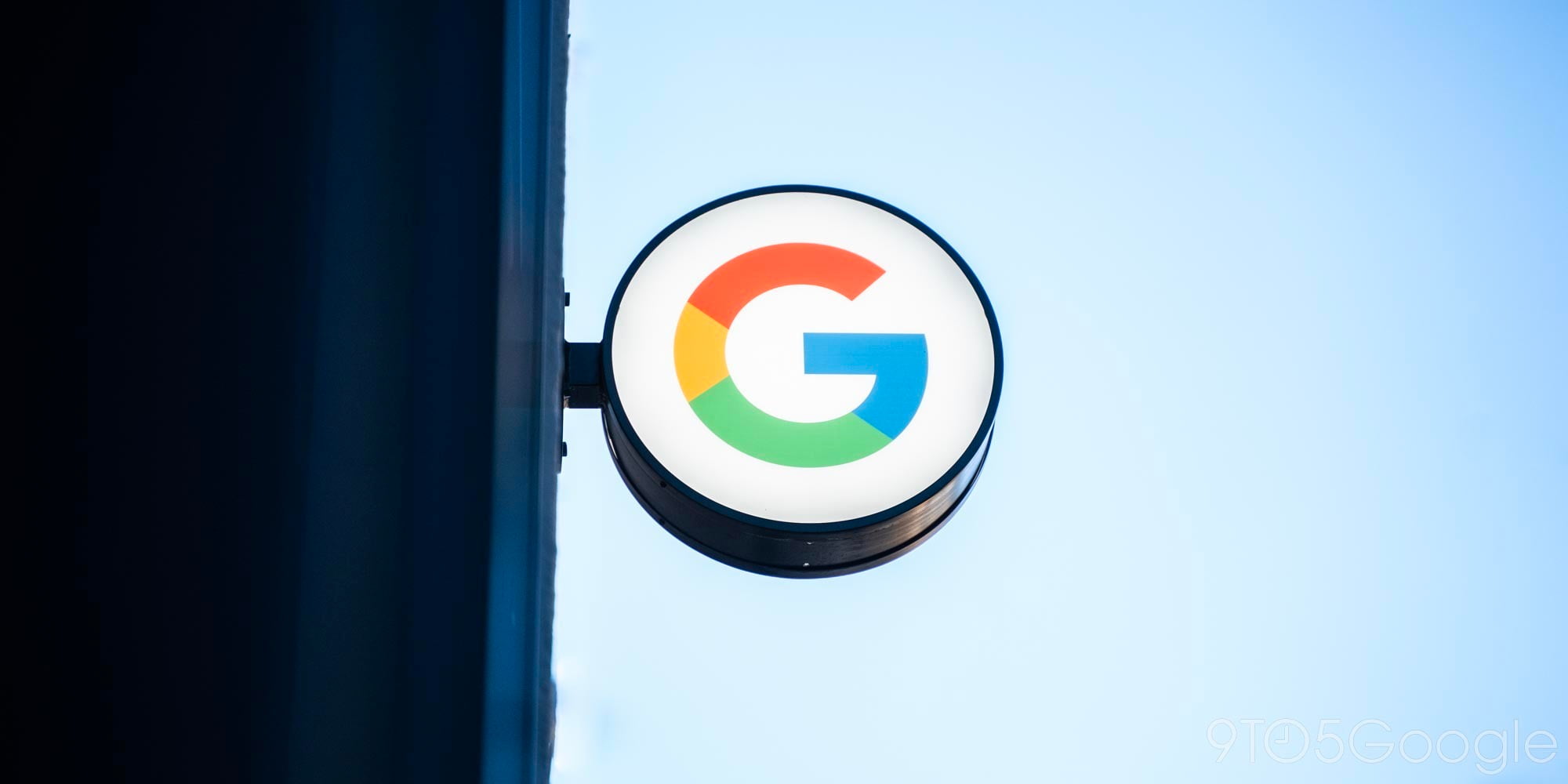
comScore today released its report on United States smartphone subscriber market share for the three month period ending in May. The report, released monthly, tracks the rankings of the top smartphone OEMs (original equipment manufacturers) and operating systems by consumer adoption. Month-to-month fluctuations in market share aren’t typically major, but they can provide a look at how companies’ new flagship smartphones are doing.
To start off with market share data for the top smartphone manufacturers, the results aren’t too great for anyone except Apple. While the Cupertino-based company saw a 1.8% increase in its market share from the beginning of March to the end of May, the only other manufacturer to see its market share increase was Samsung, and only by 0.1%. The next four largest—Samsung, LG, Motorola, and HTC—all saw their holds on the market decline. While some of Apple’s gains may be from first-time smartphone buyers, it looks like Android OEMs are just slightly losing ground to the Cupertino company.
Other than Apple’s faster pace of market share growth compared to the prior three month period, the data is mostly the same as it was in the last report, released last month. Samsung has managed to begin turning the ship around since the launch of the Galaxy S6 and S6 Edge—as recent as March the South Korean company was still seeing negative growth with poor reception of last year’s Galaxy S5. LG’s decline is surprising with the recent launch of the G4 and all the promotions and press the company has been drumming up.
On the software front, Android continues to remain on top but with slow declines in market share. Last month we reported that in the three months ending in April, Android declined from 53.2 percent of the market down to 52.2 percent, while iOS saw an increase from 41.3 percent to 43.1 percent. The story is much the same today, with Apple’s operating system hold increasing t0 43.5 percent as of May and Google’s falling down to 52.1 percent. Apple and Google are, as you can see from the chart below, still by far the ones to beat.
The continued declines for Android aren’t terribly surprising when you consider that most Android phones are made and sold by third-party manufacturers, not Google. HTC is definitively drowning, Samsung is only just starting to get its fight back, Motorola has seen its ownership shuffle twice in recent history and hasn’t launched their 2015 flagship yet, and it along with LG really aren’t nearly as big as the Korean Android giant.
“With the features and core capabilities of OSs evolving rapidly and becoming increasingly similar, it is now critical for OS providers to find ways to differentiate themselves,” said Gartner in a report from May. “They need to extend their OS ecosystem’s reach by adding new functionalities, and build platforms that can span multiple devices types.”
Gartner is absolutely right in its observation that the dominant competing software operating systems are becoming ever more in feature-parity with one another—it’s no longer really the truth that Android is more buggy or harder to use than iOS, and iOS has gained many of the features that led people to initially buy Android smartphones. But today what Apple has that not any one company in the Android ecosystem does to the same extent is a tremendously strong catalyst in the long sought-after iPhone, a status item in places like China, for sales of other Apple devices which in-turn lock consumers into their ecosystem. And when you buy into the Apple ecosystem, you’re buying into a single company’s ecosystem that gets better and better every single year.
Google is starting to head in a direction where Android is more of its own brand than just something that runs on the phones of different companies—the “Be together, not the same” tagline and campaign being an example of the company drawing a clear line between Android and the manufacturers who choose to use it. And while Google finally gets design, its product lineup which means to make Android one operating system powering a bevy of different devices in different use cases isn’t close to full maturity yet. Auto and TV are two nascent projects that have longer replacement cycles (or are just tricky to replace, in the case of Auto), and there are only a few Android Wear watches available with most being replaced by new iterations as we get close to the holiday season.
If it were possible to predict how things will shake up over the next 6-12 months, I’d be a billionaire. But there’s solace to be found in the fact that when it comes to entrenched technology, nothing is guaranteed—the tumultuous rises and falls of Samsung and BlackBerry are perfect examples. Especially in this new software-powered world, everything is always in flux.
FTC: We use income earning auto affiliate links. More.



Comments